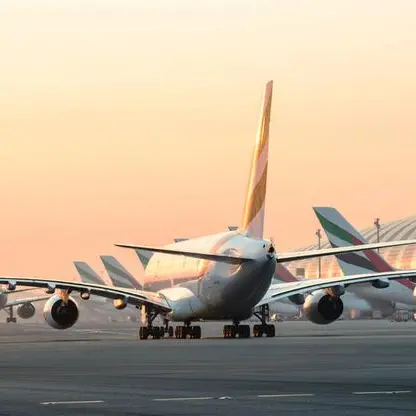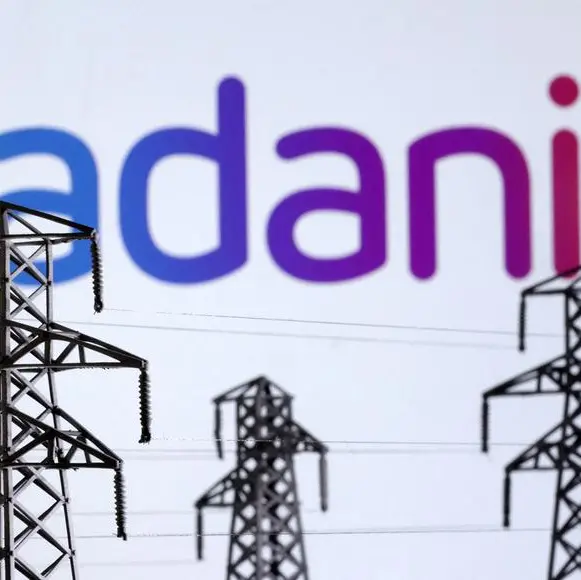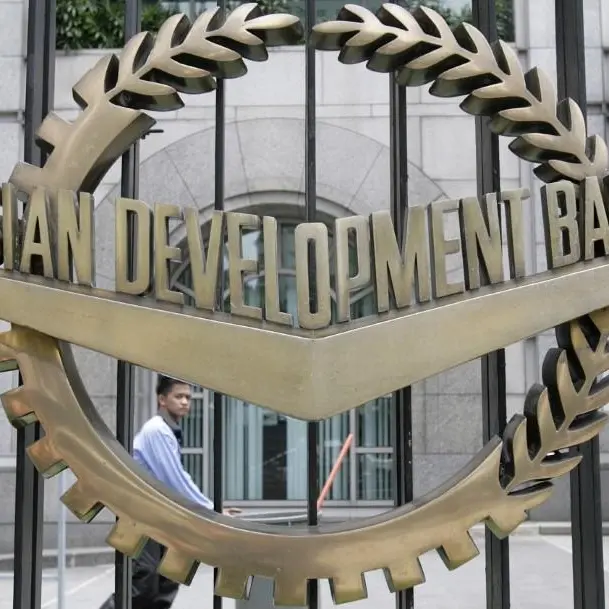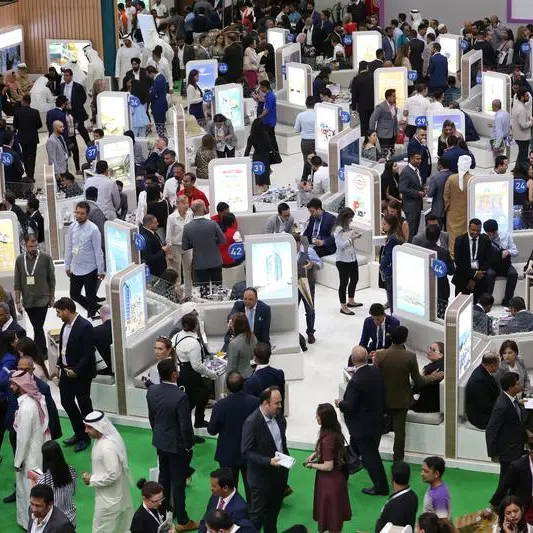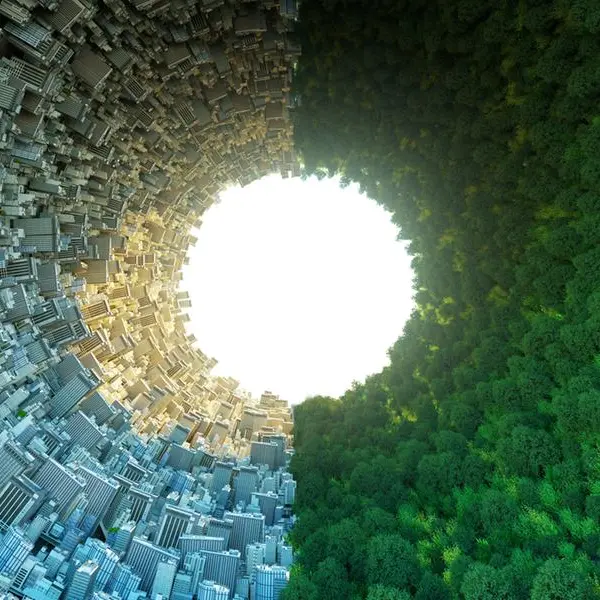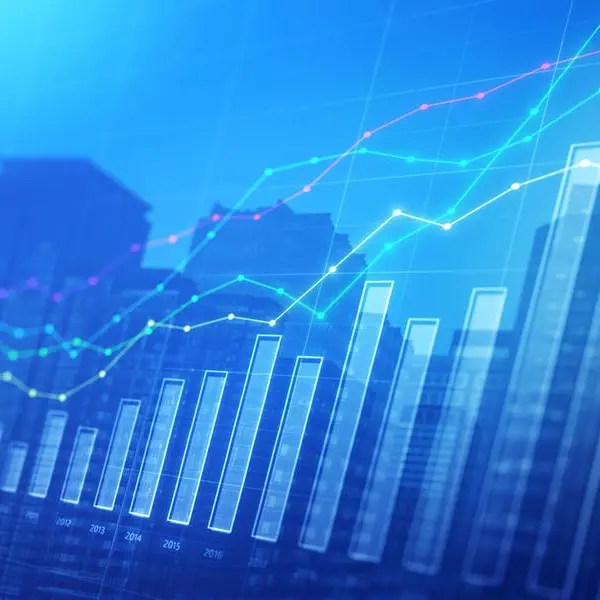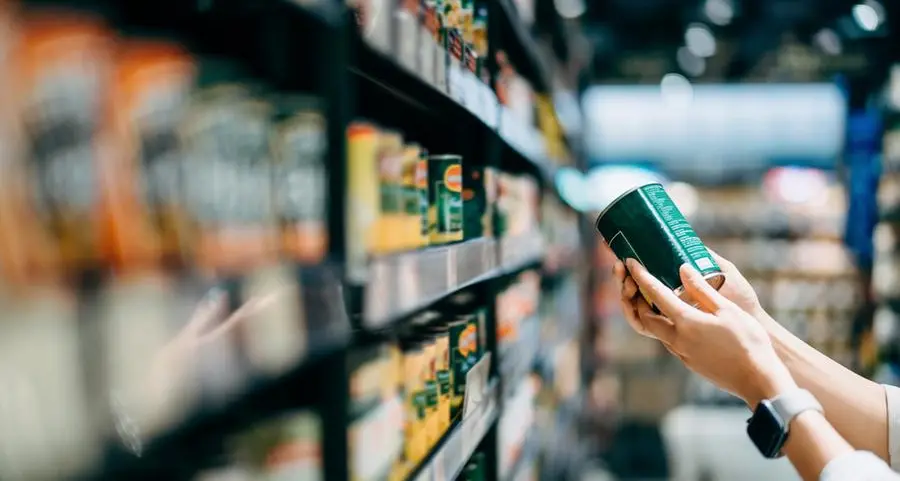In a letter to French scientist Jean-Baptiste Leroy in 1789, Benjamin Franklin famously said, “In this world, nothing can be said to be certain except death and taxes,” a statement widely misquoted as a metaphor for the unavoidable nature of our own mortality and the ever-present spectre of the tax collector.
And for the most part, I agree with both. Tax, in its idyllic state, serves as a useful and necessary mechanism where members of society contribute towards common services and or amenities that ensure basic needs are met, thereby creating an equitable and civilised foundation on which communities and businesses can flourish. However, as our world continues to become further interconnected, the outcome of tax design is no longer as simplistic as a source for revenue, but a delicate balance that has the power to influence a wide range of factors for both businesses and nations alike.
As a nation, the UAE has no federal income tax and a targeted income tax that is restricted to foreign banks and oil companies, making it highly attractive to expats who make up approximately 80 per cent of the population and who ultimately reinject at least a portion of their earnings into the domestic economy through investments and consumer spending.
However, as clearly outlined by the Tax Policy Center Urban Institute & Brooking Institution, “the long-run effects of tax policies depend not only their incentive effects but also their deficit effects”.
As such, the UAE, along with several other GCC nations, introduced value added tax (VAT) on January 1, 2018, as a way of providing the country with a new source of income which, according to government sources, would “continue to be utilised to provide high-quality public services while supporting the government move towards its vision of reducing dependence on oil and other hydrocarbons as a source of revenue.” Certainly, from a macroeconomic standpoint, it was a masterstroke. At a rate of just 5 per cent, which is only applicable to businesses with taxable supplies and imports in excess of Dh375,000, the impact was minimal and certainly preferable to the global average which floats somewhere between 10 and 20 per cent, while at the same time, the UAE government garnered Dh27 billion in its first year alone. As a net outcome, businesses and residents continued to enjoy the benefits of living in the UAE, while the government was able to raise approximately 1.7 per cent of its GDP, resulting in a win for almost everyone, with the exception of the country’s gold and diamond industries.
Having grown out of obscurity to represent 27 per cent of Dubai’s non-oil economy over a 20-year period, diamonds, gold, and jewellery have been key industries to find a home in the UAE thanks to its geographic location, infrastructure, transparency, ease of doing business and, of course, tax regulation.
Following the introduction of VAT, imports of rough diamonds dropped immediately by 33 per cent with exports being similarly impacted by a reduction of 26 per cent, with the trade being redirected to other major hubs such as Belgium, Hong Kong, and India, thereby seriously impacting the UAE not only through the immediate economic effect of trade, but also the extensive downstream benefits of increased employment, investment, and spending.
Fortunately, thanks to the acumen of our national leadership, the Cabinet swiftly approved a VAT reverse charge mechanism (RCM) on gold, diamonds and or products where the principal component is gold or diamonds i.e., jewellery, on commercial transactions between registered dealers and as a result managed to protect the UAE’s position as a strategic trade centre with only a small amount of reputational damage caused by the first five months of VAT uncertainty.
Had this policy not been introduced, the industry accelerants that have presented themselves throughout the pandemic, such as the Abraham Accords might not have been as impactful towards the UAE’s ongoing success. Ultimately, the most productive, long-term macro-economic decisions are best made when there is a clear understanding of the outcome and how it will provide a net gain for our wider society, something that our leadership is well-versed in doing.
To borrow a quote from His Highness Sheikh Mohammed bin Rashid Al Maktoum, Vice-President and Prime Minister of the UAE and Ruler of Dubai, “The purpose of government is to serve people, the purpose of governmental jobs is to serve society, the purpose of rules and regulations are to serve humanity. Don’t forget that; don’t glorify laws and measures or think that the system is more important than mankind.” And it is that which brings me to the point of this piece.
Amidst the challenges that have presented themselves over the past 18 months, the UAE has not only weathered the storm, but come out as a better-equipped and technically competent centre of stability thanks to the wise decision-making of the country’s national leadership. By finding and promoting the right tools and technologies to keep people physically safe, while allowing business to not only continue, but rapidly expand, the UAE finds itself with a unique advantage. Where coloured stones, particularly rubies, emeralds, and sapphires and lab grown diamonds are concerned, it is more of a lateral move as opposed to an entirely new industry. However in the era of fragmentation, Dubai is particularly well equipped to offer a strategic and supportive arm to centres such as Hong Kong and Bangkok, who would equally benefit from having a tax-efficient foothold further west.
According to a recent analysis conducted by DMCC, the UAE doesn’t currently have a significant portion of the coloured gemstones market.
However, if traders could be persuaded to branch out to Dubai, it could represent an additional economic activity of up to $4 billion. Similarly, thanks to technological advances, the lab grown diamonds (LGDs) market could add up to an additional $6 billion as part of a global business worth in the region of $20 billion, thanks to its additional utility in the commercial and industrial sectors. So, if the potential upside is so great, why hasn’t the market already migrated here? VAT and Customs Duties. While broadly applied forms of taxation, their presence is enough of a deterrent to keep precious stones and lab-grown diamonds away. However, the good news is that it doesn’t have to be this way and where VAT is concerned, it’s possible for policy to be changed without the government losing a single fil.
Let’s assume that a sale takes place for a precious commodity for which the buyer pays $100 million plus the VAT of $5 million, where both companies are registered with the Federal Tax Authority (FTA). The seller will issue a tax invoice to the buyer for the $105 million (VAT inclusive) and pays the $5 million VAT to the FTA. The buyer also pays the $105 million to the seller including the VAT of $5 million which will include an input tax claim in its VAT return for the $5 million, meaning the input tax will reduce any output tax payable or be available as a refund to claim from the FTA. Essentially, it is a neutral transaction for all parties.
This is, of course, the intended process for B2B transactions; however, the funding requirement is a direct cost to the buyer and is an impediment to the profitability of existing trades and new entrants to the market. As a solution, by providing either a zero rating to the supply of precious commodities, or a reverse charge mechanism similar to that placed on gold and diamonds, the process would not only become streamlined, but create a straightforward environment in which trading would be made simple.
Where customs duties are concerned, precious commodities are currently subjected to a general rate of 5 per cent, however, unlike the amount applied in VAT to businesses, the tax gained is not worth the market lost. Under current regulation, when coloured gems are imported to Dubai, a non-refundable 5 per cent duty is applicable, meaning companies have no other viable option but to utilise a security logistics provider to ship the goods using a TIB (temporary import bond.
However, these costs are also substantial due to the weight and value of the goods. In the next phase, whether the stones sell or not, the goods must leave Dubai and return to their country of origin, after which they can be distributed to the buyers. By removing customs duties on precious commodities, or by simplifying the customs duty suspension procedures, the UAE would not only incentivise the global market to benefit from all the country has to offer, but furthermore improve the ease of doing business for an industry currently burdened by high financial guarantees and unnecessary costs.
It is important to remember that Dubai’s current position as a global leader in both the gold and diamond markets is intrinsically tied to the UAE Cabinet’s decision to learn from the past mistakes of other global economies and reverse the 5 per cent value-added tax for investors at a wholesale level. It is for this reason Dubai is close to becoming the world’s largest diamond hub, having significantly closed the gap with Antwerp for rough and polished trade volumes.
Without this critical decision, Dubai wouldn’t even be in the conversation. In applying the same strategy to precious stones and lab-grown diamonds, Dubai would once again be in a position to become a major centre for two sets of highly valuable commodities, which are already primed for its existing infrastructure, location and ease of doing business.
Ahmed Bin Sulayem is Executive Chairman and Chief Executive Officer, DMCC
Copyright © 2021 Khaleej Times. All Rights Reserved. Provided by SyndiGate Media Inc. (Syndigate.info).

